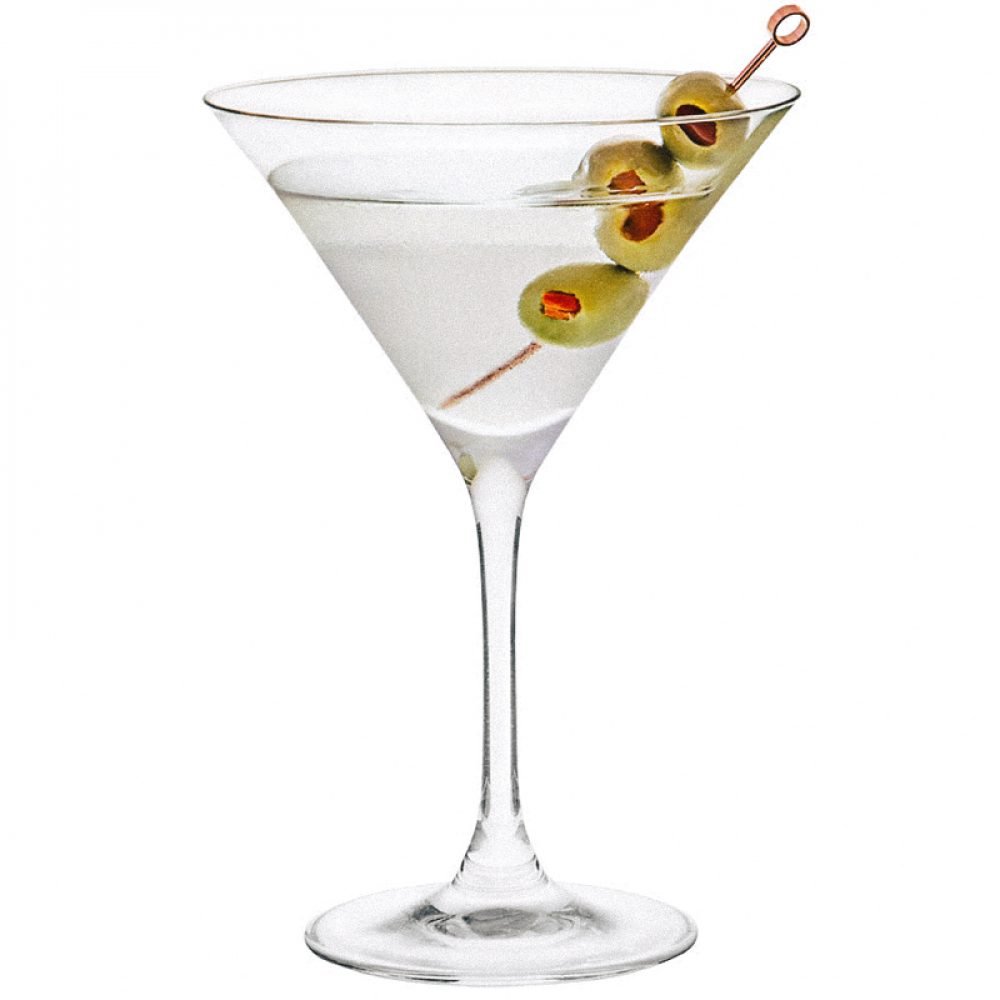Cocktail of the Month: The Vodka Martini
By • June 28, 2018 0 4985

Once again Russia is all over the news. This time it has nothing to do with election interference, computer hackers, Vladimir Putin or even an alleged “pee tape.” Right now, the whole world is watching Russia and the 2018 World Cup. Even though the U.S. team failed to qualify, you can still give a nod to the host country by making a toast with vodka while watching your team of choice.
Aside from the headlines, one thing many people associate with Russia is vodka. Vodka originated in Eastern Europe, the name stemming from the Russian word “voda,” meaning water. Both Russia and Poland claim to have invented it, but like the morning after a night of martinis, the exact history is not known. What we do know is that vodka production started in the eighth or ninth century, depending on whom you ask. For the most part, vodka consumption remained local in the Eastern Europe countries today known as the “vodka belt.”
The spirit started its crawl westward in the 19th century, but it arrived en masse after the Russian Revolution, when the Bolsheviks confiscated all private distilleries in Moscow. As a result, a number of Russian vodka-makers emigrated, taking their skills and recipes with them. One of the best-known vodka brands today, Smirnoff, came to the U.S. in the 1930s with an exile who immigrated via France.
Vodka did not catch on at first. American consumers were accustomed to full-flavored spirits like gin and whiskey. It was a huge marketing campaign by Smirnoff and the invention of the Moscow Mule cocktail that kickstarted vodka’s meteoric rise in popularity. Smirnoff’s clever ad campaign used the tagline “It will leave you breathless,” in reference to vodka’s inability to be detected on one’s breath.
Traditionally, vodka has been distilled from potatoes or wheat, but — technically speaking — it can be made from just about anything that ferments. Distillers have been experimenting by creating vodka from other items like corn (Tito’s), grapes (Ciroc) and spelt (Snow Leopard).
Most people think flavored vodka is a relatively new invention, but this tradition dates back centuries. Since early production methods were crude, vodka often contained impurities, so to mask these the distillers flavored their spirits with fruit, herbs or spices.
Many countries never associated with vodka have jumped on the bandwagon, including some of today’s most popular brands, such as Grey Goose (France), Absolut/Svedka (Sweden), Three Olives (England) and Van Gogh/Ketel One (Holland). You could possibly choose your vodka to match your favorite World Cup team. You can get locally produced vodkas from District Distilling Co., One Eight Distillery and women-owned Republic Restoratives.
Celebrity endorsed vodkas like Ciroc (P Diddy), Crystal Head (Dan Akroyd) and Belevedere (Chelsea Handler) are a hot ticket now, but that trend started in the 1960s when Woody Allen plugged Smirnoff.
With all the vodkas out there, it’s hard to know where to start. For sheer selection, head to Russia House in Dupont Circle, which stocks over 400 bottles of vodka, as well as a selection of house-infused flavors such as wild berry, dill and horseradish.
Some sports fans treat the soccer and the World Cup like religion. At the Line Hotel in Adams Morgan, you can drink your vodka in a century-old converted church. At Brother’s and Sister’s, Todd Thrasher has complied a menu which includes classic vodka tipples and a custom cocktail called “Ivy Started It,” forged from Russian Standard Vodka, sochu, yuzu, lemon grass and white pepper. Also inside Line Hotel is a Rake’s Bar, which only serves locally produced spirits and ingredients.
Most purists will drink their vodka straight up and ice cold. Another way to savor the flavor nuances is to go for a vodka martini. Due to the time difference between the U.S. and Russia, games are shown in the morning. You may want to consider a bloody Mary, a traditional wake-me-up cocktail.
So whether you decide to watch the games at a bar or at home, raise a glass of vodka and say, “Na zdorovie” (phonetic translation for “Cheers” in Russian).
The Vodka Martini
2 oz. vodka
1/2 oz. dry vermouth
Shake ingredients with ice. Strain into a martini glass. Popular garnishes include a lemon twist and olives.

